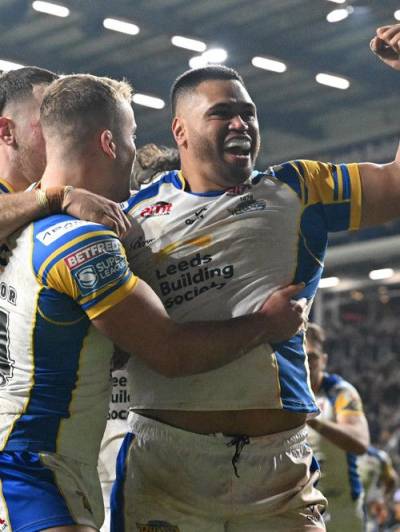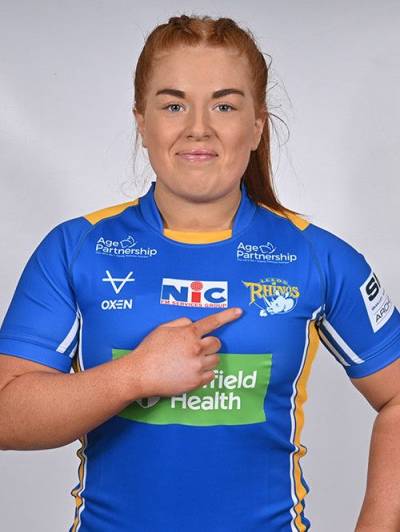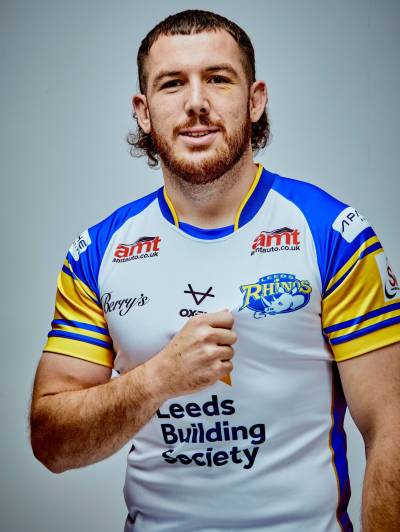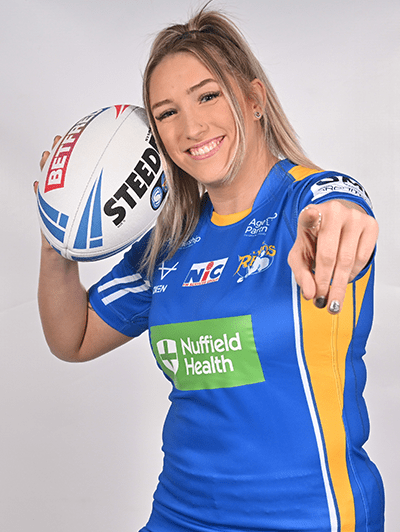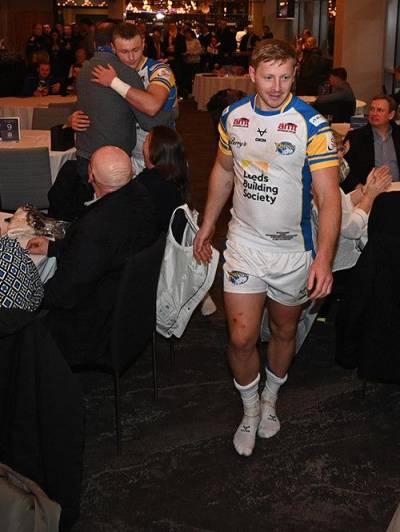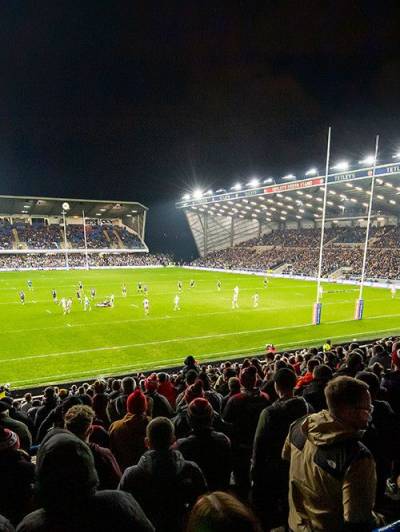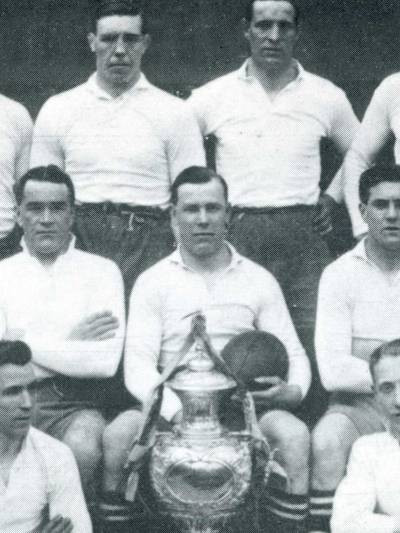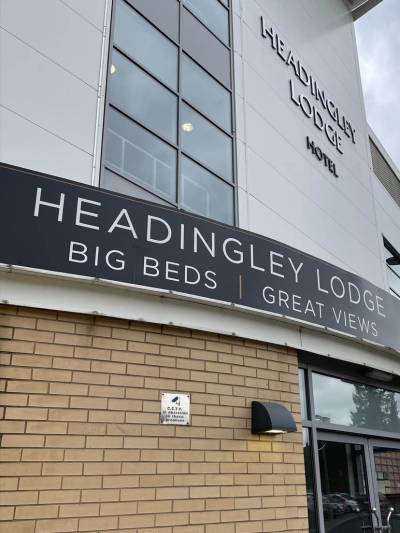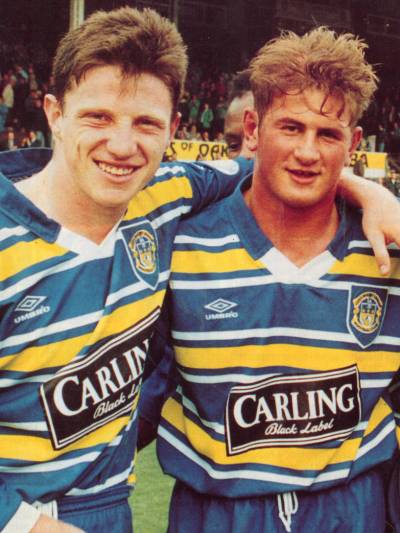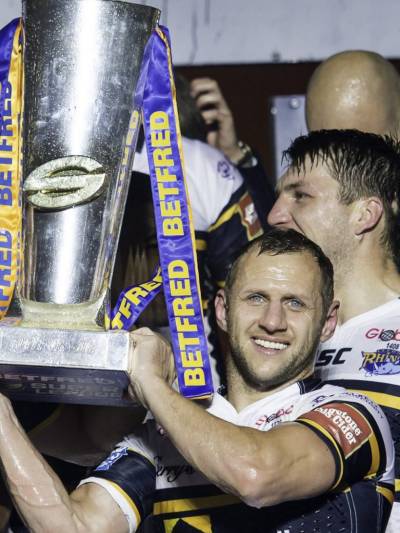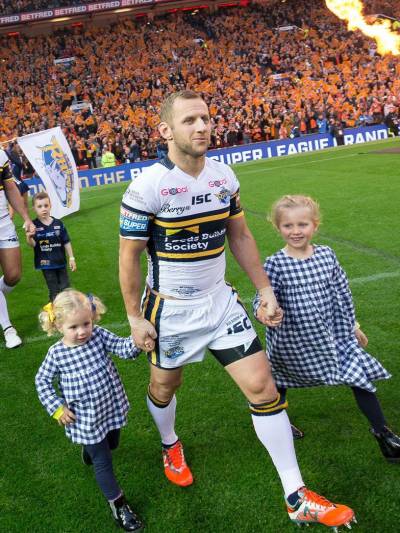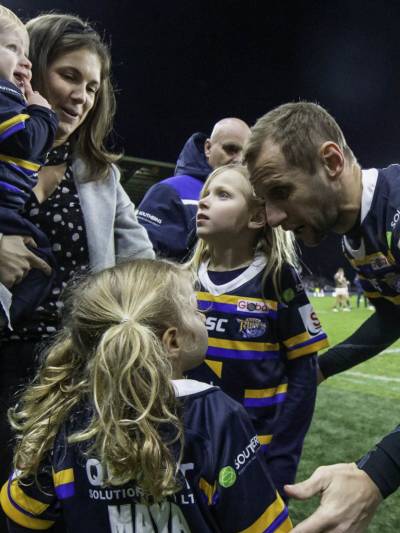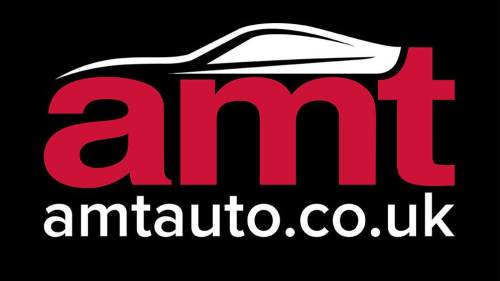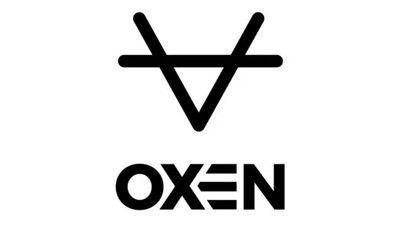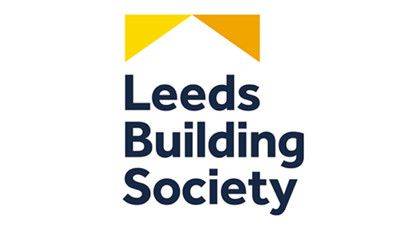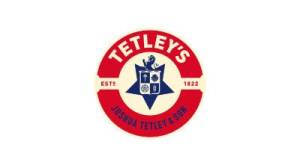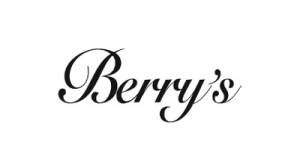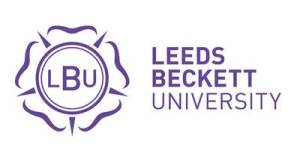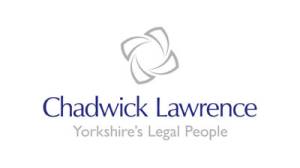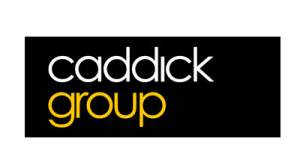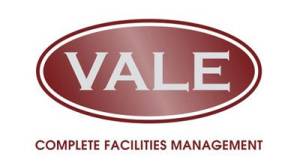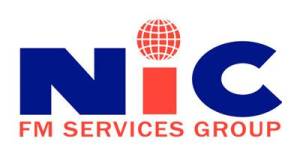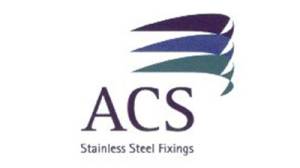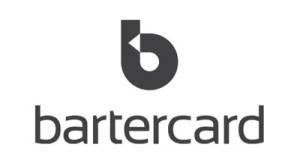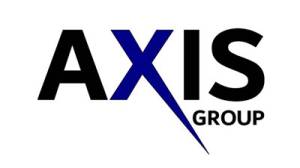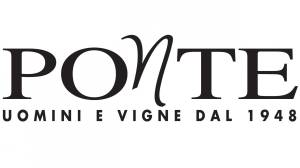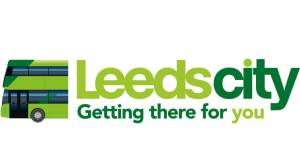1933-1934
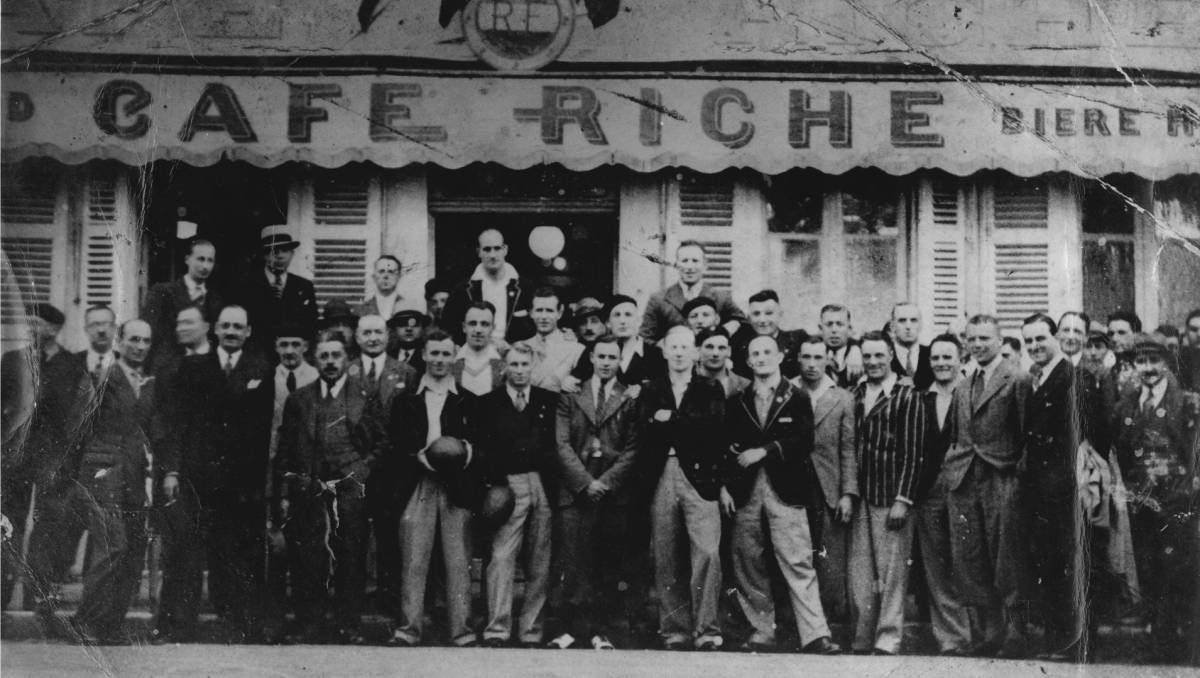
The season opened on a sad note with the news that Joe Thompson had decided to retire from the game, at the age of 31. Thompson had been a such a tower of strength for so many years ? he played his first game with Leeds at Headingley on February 10th, 1923 ? that he was bound to be missed, not only for his vast experience but also for his prolific feats as a goal-kicking expert. He certainly left the game with the regard and respect of colleagues and opponents alike, with very happy memories of his time with Leeds, and of his three Australasian tours in 1924, 1928 and 1932. The Leeds directorate honoured Joe by offering him Life Membership of the Leeds Club.
But concern over Thompson?s departure was tempered by news of other signings during the close season, so that no less than three new players turned out for Leeds at Headingley in the first game of the season: A.R. Ralph, Welsh International stand-off; I. Isaac, Welsh International loose forward, who had been the talk of the Rugby Union world following his wonderful display for Wales at Twickenham (many will recall the broadcast of that match with Isaac?s name ever to the fore); and Sep Aspinall, loose forward from York, who had obtained the services of another Leeds stalwart, Jeff Moores, in exchange. Tribute has previously been paid to Moores, so suffice it to say that his name is still revered on the terraces at Headingley and will always rank amongst the immortals in ?Blue and Amber?. The second match of the season saw yet another addition to the ranks, with the arrival of Ken Jubb, from Castleford, and he, too, was destined to make his mark at Headingley, serving the club excellently over 14 seasons.
Unfortunately, no sooner had the management strengthened the team in an all-out bid for honours than there came yet another problem. Frank O?Rourke had been offered an excellent educational appointment in Australia and proposed to leave this country before December. He was actually only able to make seven appearances with the first team, and so yet another link with the all powerful team of the previous four years was broken. O?Rourke went with the good wishes of all at Headingley, and he, too, is still a name to conjure with whenever the teams of the past are discussed. Proof of his regard for Headingley is to be revealed at a later stage in this history. It was a relief to hear, then, that Eric Harris was definitely returning for another spell, and he was given a great welcome at Fartown on October 21st. Although Leeds were defeated Eric obliged with one of his usual brand in the third minute of the game. He certainly had not lost touch!!
In view of all the changes described above it was natural for the team to be labouring under difficulties. It takes time for a team to blend ? as Sunderland have discovered only recently in the soccer world. But the equipment was not yet complete and there was a terrifying gap in the Leeds middle. The management made various attempts to plug it. Brough, and Grainge were played there with moderate success, with Don Pollard (younger brother of the famous Ernest) and W. J. Davies alternating at full back for Brough.
But the back equipment was not completed until March 30th. Gwyn Parker, the immaculate ball-player, was signed from Huddersfield in late January, before the Cup register was closed, but that measure was unavailing as we were drawn to play at Widnes, where the ?Locals? played like men inspired and put paid to our dreams of another Cup triumph. But on March 30th Leeds supporters were thrilled to hear at Belle Vue, Wakefield, that ?Broggie? had just been signed from Huddersfield and would be turning out immediately in Leeds colours. Now the equipment was almost complete for yet another spell of triumphs in the Cup and the League.
Whilst all this team building was going on the team was doing quite well, but the standard of football was not to the liking of the supporters so that the gate at Headingley for the Featherstone Rovers match was less than 1,000 with receipts of only ?29, (admittedly a Wednesday match), and the following Saturday was only 3,000, with receipts of ?130, for the visit of Batley. But, in spite of the fact that the team were not ?pulling up any trees? they did gain third place in the league table, and might well have beaten Wigan at Central Park in the Semi-Final. Sixteen minutes from the end of the match Leeds held a lead of eight points, but then a Wigan rally produced two tries, by Bennett and Morley, and three goals from Sullivan?s sure boot, so that we finally went down by 14 points to 10. The winning try, scored by Morley, was hotly disputed. A Wigan forward rush caught the Leeds defence out of position, and the ball was dribbled to near the Leeds posts, where, after a final Wigan kick, it bounced sufficiently well for Smith, the Leeds winger, to take it with one arm. He was in danger of crashing into the posts, but as he pushed himself off the post with one hand Morley crashed into him and they went to ground together. The referee, Mr. A. Brown, promptly awarded a try. The Leeds team on that occasion was:-Brough; Harris, Aspinall, Parker, Smith; Ralph. Busch; Jenkins, Lowe, Satterthwaite, Jubb, Dyer, Jones.
For all the hard work of the players, and the enterprise of the management in their team building efforts there was only the Yorkshire League Championship to show, but better times lay ahead, and the foundations of another grand team had been well and truly laid. Immediately the season closed the team toured France to help in the pioneer work and played games at Lyons, Paris and Villeneuve.
